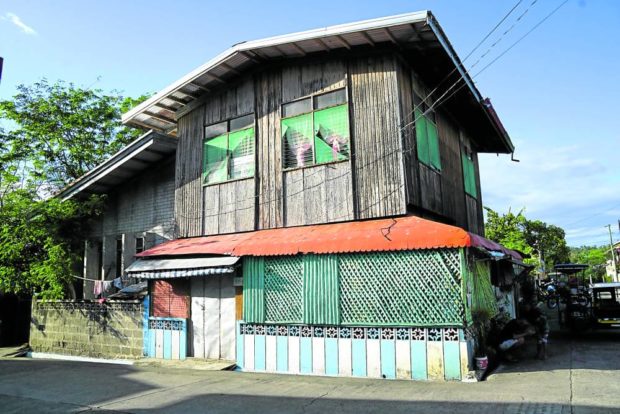Filipinos are famed for their resilience and fortitude. It is only thus fitting that their homes be known for the same. As the rainy season starts, discussions concerning typhoon-resistant dwellings resurface.
Choose sites wisely
Although trees provide shade from the sun and rain and serve as natural wind and noise barriers, opt for safe—either relatively flat or elevated—locations away from shorelines or old trees. Typhoon winds and precipitation function as a natural pruning process, removing weaker branches to maintain the health of tree trunks. Therefore, it is essential to trim and prune trees before the arrival of a typhoon.
Simple and unassuming forms
In choosing a shape of a typhoon-resilient home, simplicity in forms will work the best. For example, two opposing sides automatically negotiate lateral forces in a square building. Both walls can act as shear walls.
While creating safe housing can be costly for many, replacing an inadequate cover will be more expensive and time-consuming in the long run. —Beth Macdonald/Unsplash
A rectangular building will suffice if its perpendicular walls are no more than three times longer than its shear walls. On the other hand, two sides will always remain unsupported in an L-shaped building.
Tricky openings
Although Unesco’s guidelines recommend fewer and smaller openings in exchange for sturdier walls, this is not entirely applicable to the Philippine setting given its tropical and humid climate. Thus, it favors more and bigger openings for better indoor airflow by cross ventilation.
Spread openings evenly around the building, especially on its opposing sides, for better stability. Doing so also allows the wind to pass through easily, reducing internal suction forces while increasing cross ventilation. For expansive, more oversized windows that span from floor to ceiling, storm shutters can be an additional safety precaution.
A definitive roofing shape
Gable roofs are typical in the Philippines since they are economical to build. However, strong winds may easily pry and lift these roofs in one go. For typhoon resilience, local builders prefer a pyramidal hip roof with a pitch ranging from 30 to 40 degrees. This roof configuration offers the best wind resistance.
Choosing the right materials
A critical consideration in selecting materials for any portion of a house is its weight—the heavier the material, the more typhoon-resistant it is.
It is critical to understand the significance of creating homes not just as shelters but also as long term investments for the public.—Carl Kho, John Alvin Merin, Ronaldo Pangan/Unsplash
In general, reinforced concrete masonry is more typhoon-resistant than wood. However, it is essential to highlight in particular the low-income families who use lightweight materials to build their dwellings. To compensate, strong connections between foundations, walls and roofs are necessary so that the structure can behave as a solid integrated unit during disasters. Deep and sturdy foundations in wooden houses and diagonal bracing on the walls help combat the elevating pressures of the wind.
More than just a shelter
During natural disasters, particularly typhoons, low-income Filipinos’ dwellings almost invariably sustain the most significant damages. It is critical to understand the significance of creating homes not just as shelters but also as long term investments for the public. While creating safe housing can be costly for many, replacing an inadequate cover will be more expensive and time-consuming in the long run.
The author (ianfulgar.com) manages his own architectural and technology studio helping local and international clients looking for unique and future design specialties for hotels, condominiums, museums, and commercial and mixed-use township developments with a pursuit for the meta-modern in the next Philippine architecture.
